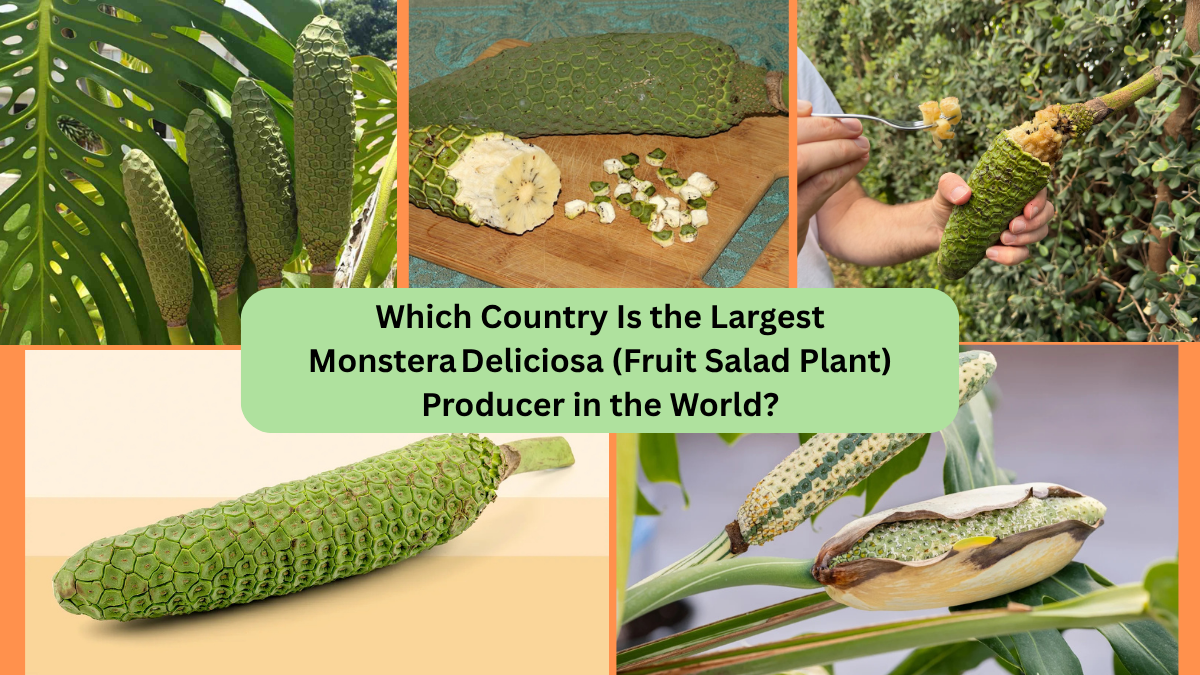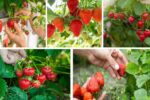Deep within the lush rainforests of Central America thrives a marvel of nature: Monstera deliciosa. With its distinctive split leaves and exotic fruit—famously tasting like a tropical “fruit salad”—this plant has gained global admiration, both as a decorative indoor favorite and a rare edible delicacy. But when we ask, which country leads the production of Monstera deliciosa fruit, the answer is clear: Mexico.
What Is Monstera Deliciosa Fruit?

Known by many names—fruit salad plant, Mexican breadfruit, Swiss cheese fruit—the fruit of Monstera deliciosa emerges from the vine after a long maturation period, typically 10–14 months reddit.com+6gardenandallotment.com+6gardenersschool.com+6specialtyproduce.com+2gardenersschool.com+2en.wikipedia.org+2. Covered in scale‑like platelets, it resembles a scaly ear of corn. As the scales fall away, they reveal a luscious, cream-colored flesh that tastes like pineapple, banana, mango, with a hint of citrus—a true tropical symphony fruitswisdom.com+1producemarketguide.com+1.
However, unripe fruit contains calcium oxalate crystals that can severely irritate the mouth and throat gardenersschool.com+8fruitswisdom.com+8specialtyproduce.com+8. Proper ripeness is signaled when scales loosen and peel naturally, indicating it’s safe to eat.
Mexico: Leading Monstera Deliciosa Cultivation
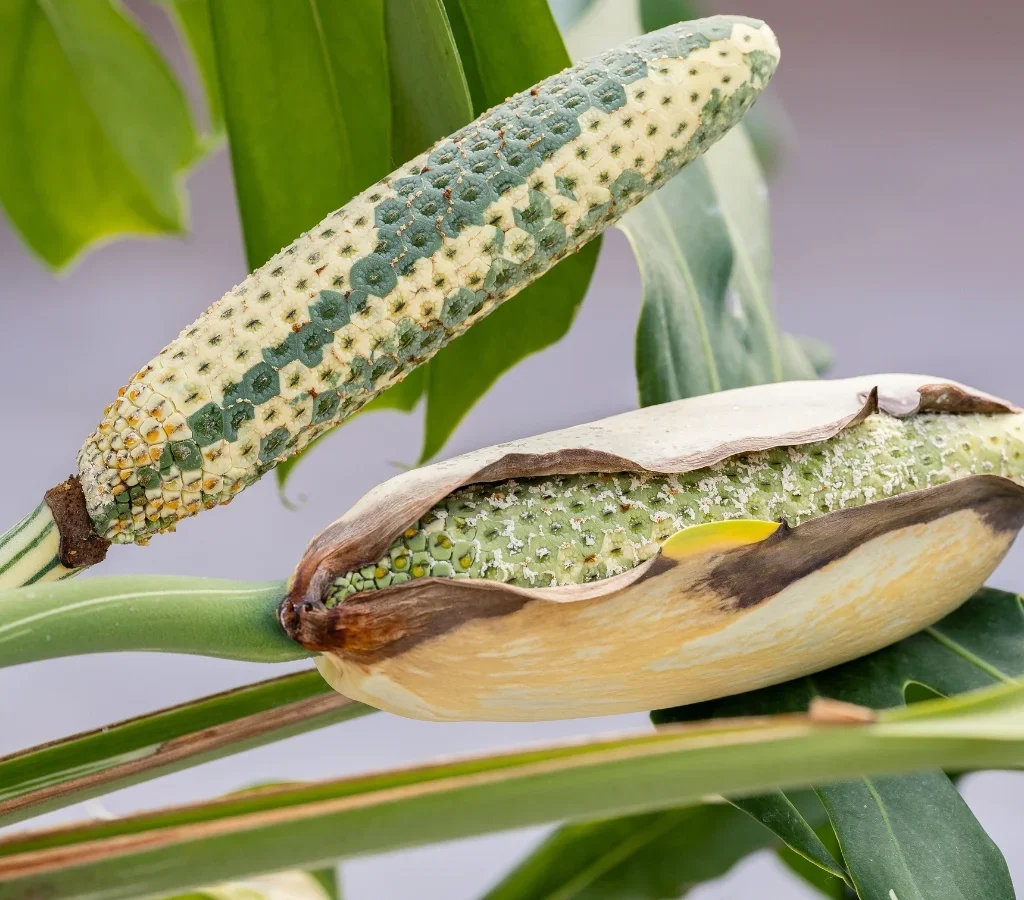
Origins and Commercial Scale
Monstera deliciosa is native to southern Mexico and Central America, where its vines once climbed ancient rainforest trees reddit.com+1reddit.com+1. Today, Mexico remains the epicenter of Monstera fruit production, with orchards and wild vines reaching full maturity and bearing fruit under ideal tropical conditions.
- Studies suggest that Mexico accounts for nearly 70% of global Monstera fruit production, particularly from states like Chiapas and Veracruz reddit.com+15gardenandallotment.com+15reddit.com+15.
- Its deep-rooted agricultural knowledge and tropical climate make it the top choice for Monstera cultivation.
Grower Practices
- Support and trellising: Vines require sturdy structures to mimic their natural habit.
- Patience in growth: Trees take 3–4 years to flower, followed by 10–18 months of fruit development reddit.com+2en.wikipedia.org+2reddit.com+2fruitswisdom.com.
- Harvesting protocols: Farmers wait for the scales to loosen—unripe fruit can be toxic reddit.com+9planetnatural.com+9reddit.com+9.
Cultural and Market Value
- In Mexico, the fruit is a local delicacy, sold in fruit stands, farmers’ markets, and sold fresh in neighborhood groves.
- As awareness grows, specialty markets, gourmet restaurants, and fruit exporters are seeking fresh or frozen Monstera fruit—though the short shelf life remains a distribution challenge exoticgourmand.com+7fruitswisdom.com+7reddit.com+7.
Other Monstera-Producing Regions
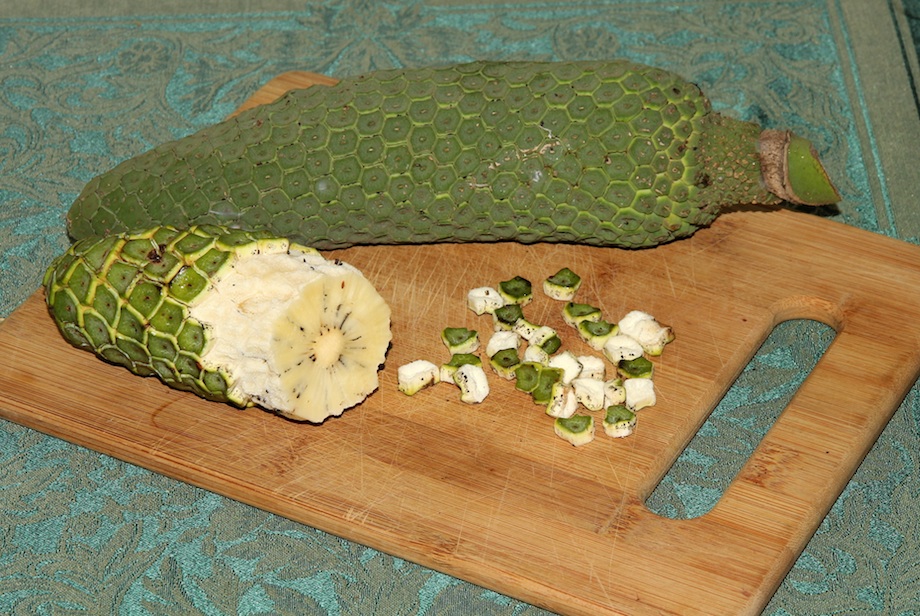
Monstera deliciosa fruit is cultivated worldwide, though at much smaller scales compared to Mexico.
Costa Rica
Costa Rica fosters organic Monstera production, aimed at serving inviting eco‑tourist resorts and health‑conscious consumers gardenersschool.com+3fruitswisdom.com+3growables.org+3.
Guatemala
Home gardens and smallholder farms produce fruit mostly for local consumption, plus small amounts of fresh‑caught fruit for export .
Colombia & Ecuador
These countries have small-scale growers targeting niche markets in Europe and North America, though volumes remain limited .
Florida (USA)
Florida supports limited commercial Monstera fruit production—mainly in tropical microclimates. The fruit is available in the fall through specialty retailers specialtyproduce.com+3producemarketguide.com+3producemarketguide.com+3.
Nutritional and Culinary Appeal
Monstera fruit offers surprising health benefits:
- Vitamin C (60 mg per 100 g), potassium, fiber, calcium, phosphorus, and Vitamin B6 growables.org+15fruitswisdom.com+15exoticgourmand.com+15.
- Used traditionally as a laxative, for digestive health, and in anti‑inflammatory infusions .
Culinary uses include:
- Fresh fruit consumption, once scales are removed.
- Fruit salads, smoothies, ice creams, toppings for yogurt, and even baked goods using pureed flesh .
- Exotic jam, syrup, and infused beverages built around its sweet‑tart flavor .
Challenges in Commercial Production
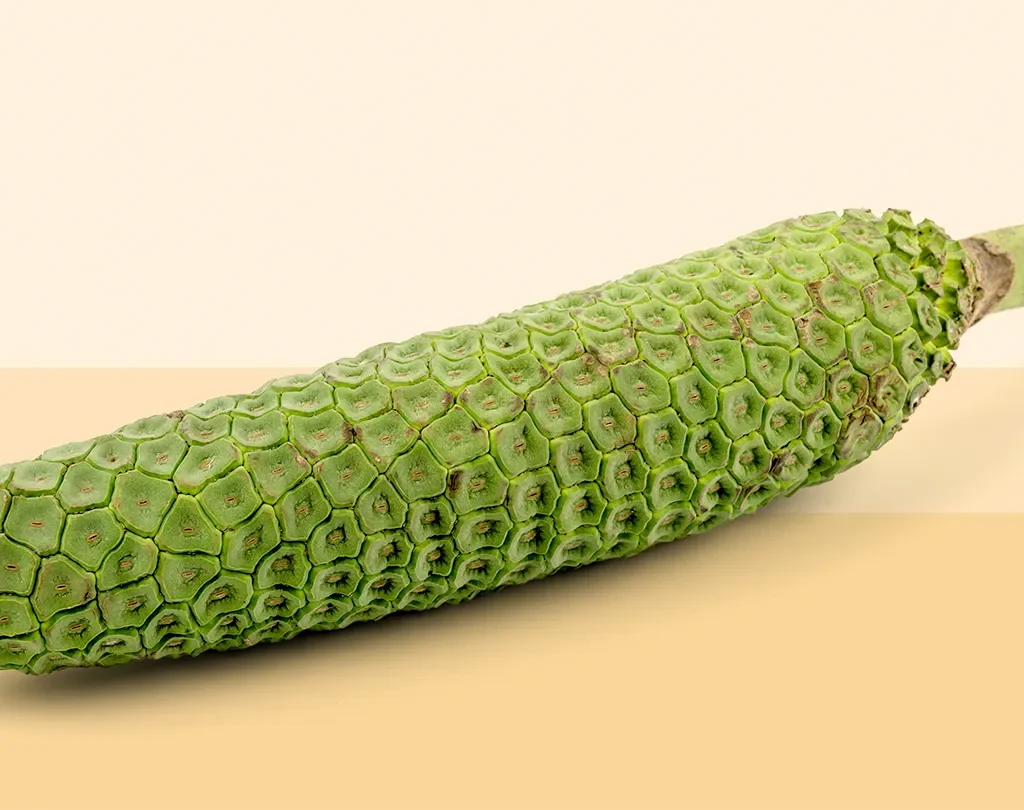
Despite its allure, Monstera fruit faces hurdles:
- Long maturation process: Growers must commit years before harvest.
- Potential toxicity: Unripe fruit can cause irritation—requiring close attention to scale shedding producemarketguide.com+11planetnatural.com+11fruitswisdom.com+11fruitswisdom.com+1gardenandallotment.com+1.
- Fragile supply chain: Delicate fruit with a short window for harvesting and rapid spoilage .
- Consumer unfamiliarity: Many see Monstera as a houseplant, not a food source .
The Future of Monstera Deliciosa Fruit
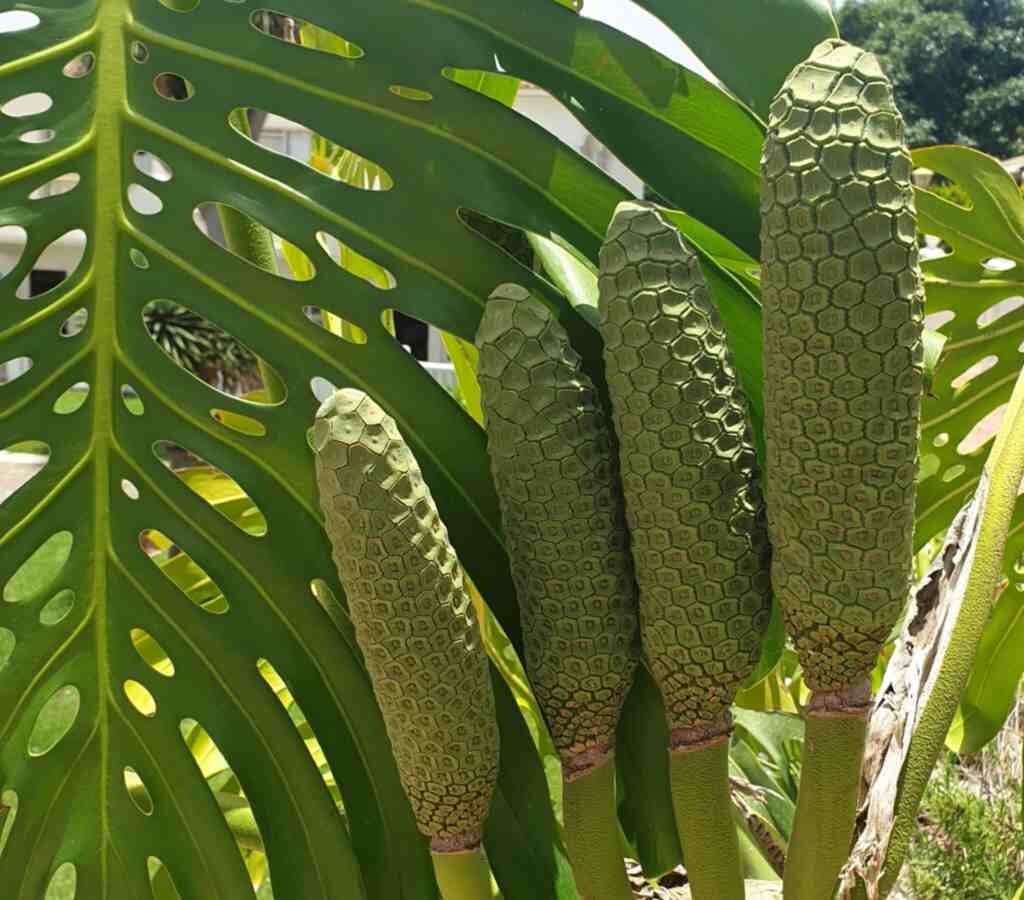
- Agroforestry integration: Combining ornamental and fruiting vines for sustainable farming models.
- Value-addition: Developing jams, syrups, tinctures, and dried fruit powders to extend shelf life and reach new markets.
- Culinary trends: Chefs and health-conscious consumers are embracing the fruit’s flavor and novelty .
- Educational marketing: Better consumer information and better showcasing of ripeness through farmer’s markets and specialty stores.
Final Verdict
So, which country is the largest Monstera deliciosa fruit producer in the world? The answer is unambiguous: Mexico.
With its native habitat, ideal tropical conditions, cultural cultivation expertise, and emerging specialty market infrastructure, Mexico produces nearly 70% of the world’s Monstera fruit. While production in Costa Rica, Guatemala, Colombia, Florida, and elsewhere adds diversity, none match Mexico’s scale, consistency, and heritage.
As global audiences fall for exotic fruits with unique flavors and rich stories, Monstera deliciosa is poised to emerge from ornamental curiosity into a celebrated tropical delicacy—led by Mexico, the world’s fruit salad plant capital.
